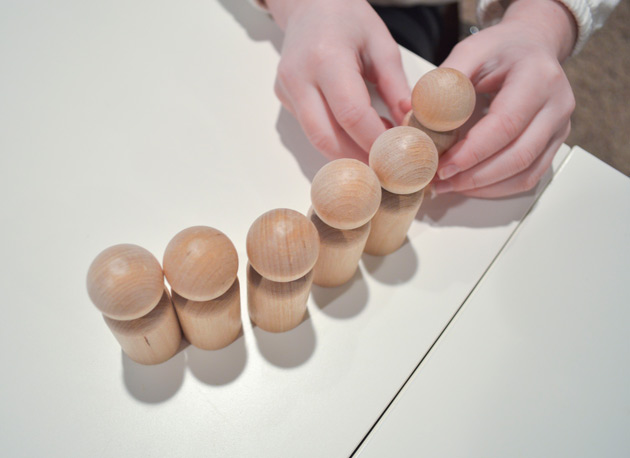The Gift of Failure: The Importance of Letting Children Make Mistakes

I am well-versed in all of the sound bites… It’s okay to make mistakes, learn from your mistakes, mistakes welcome here! I have them all perfectly lined up in my intellectualized self. Yet the truth is that I was exposed this Valentine’s Day season.
As my children get older, I am letting them take on more responsibility. For example, we just moved, which is giving me an exciting opportunity to re-create our atelier. I am finding that my philosophy for creating spaces for older children is evolving. As my daughters get more and more inspired by DIYs they discover on the internet (I discuss this phenomena more here), I am making more and more materials readily available and accessible to them, so that they can create spontaneously and independently.
It has been interesting to watch them embrace this new found freedom and I love seeing how empowered they feel when they can bring their ideas to life. I am taking a backseat in this process and have been watching in awe as they rise to the occasion.
Except, believe it or not, I have found that I have natural tendencies to be the worst kind of backseat driver! I can confidently rattle off all of the well rehearsed lines about the benefits of making mistakes, but I found myself jumping in on numerous occasions in an effort to “help” the girls avoid making mistakes. I am grateful that the first couple of times they respectfully declined to take my advice, which gave me the opportunity to observe their process in its entirety. And what happened? When I finally stepped way back, they were both able to take their projects from idea to completion. While some of their initial attempts didn’t work, they adapted, changed strategies, incorporated different materials, and yes, learned a lot along the way.
Two simple examples are…
- On the card in the photo above, my daughter wanted to individually stamp each letter in her Valentine message. Although it was a lovely idea, I knew that she would burn out and not want to finish all of them. When I tried to “help” her by telling her that upfront, she looked at me as if I was squashing her creative brilliance (and I was). So, I stepped back and let her execute her plan. After two cards she decided it wasn’t going to happen and changed her card design. All without any input from me. It was a wonderful process to witness, because she enjoyed every minute of it and was very pleased with herself and the beautiful Valentines that she made for her friends at school.

- I usually micromanage the set-up and clean-up experience. Yet, I am also starting to encourage bigger projects that take place over time, which means that we may need to leave materials out for longer periods. When I came into the atelier the next morning, after a fun night of making Valentine’s, I saw that my daughter had forgot to put the top back on the glue stick. In the past I would have made sure that did not happen. Yet, it did, and I realized that it was another good learning opportunity. I left it there until she came back to continue her work. I let her discover it on her own, so that she could internalize the fact that the glues stick was unusable and had been ruined. That process was far more powerful than if I had reminded her for the 463rd time to make sure the lid was on the glues stick or if I had been the one to point out that it was left off and shame her for her actions. Did we have to sacrifice a good glue stick? Yes, but I can’t help but think that she will be a lot more thoughtful about taking care of her art materials in the future.
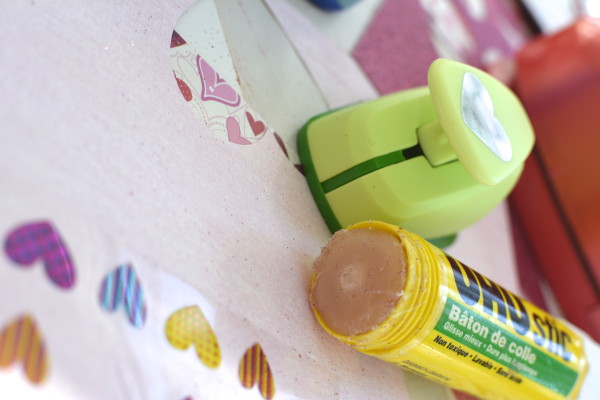
I realized that my quick suggestions about what would work and what would not work might have saved them time, but would have defeated the purpose. I realized that the reason I had those quick answers is because I had years of mistakes under my belt. I realized that my daughters also need years of mistakes under their belts as well. Then, I realized that if I am so quick to jump in during craft sessions in an effort for them to avoid failure, that I must be doing it in other areas of their lives. What other learning opportunities am I sabotaging with my good intentions?
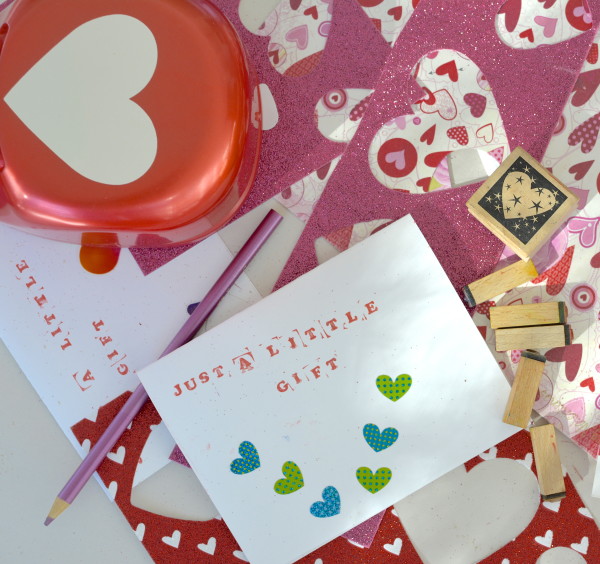
I am more convinced than ever that we need to let children… Feel life. Experience cause and effect. Develop hypotheses and modify them as they test their ideas. Get knocked down. Get back up. Take risks… And find their voices.

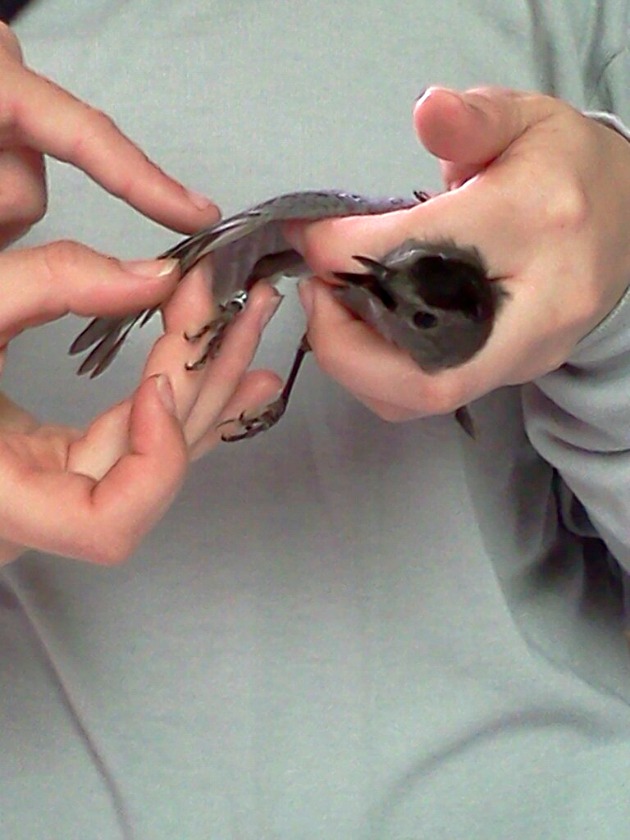

















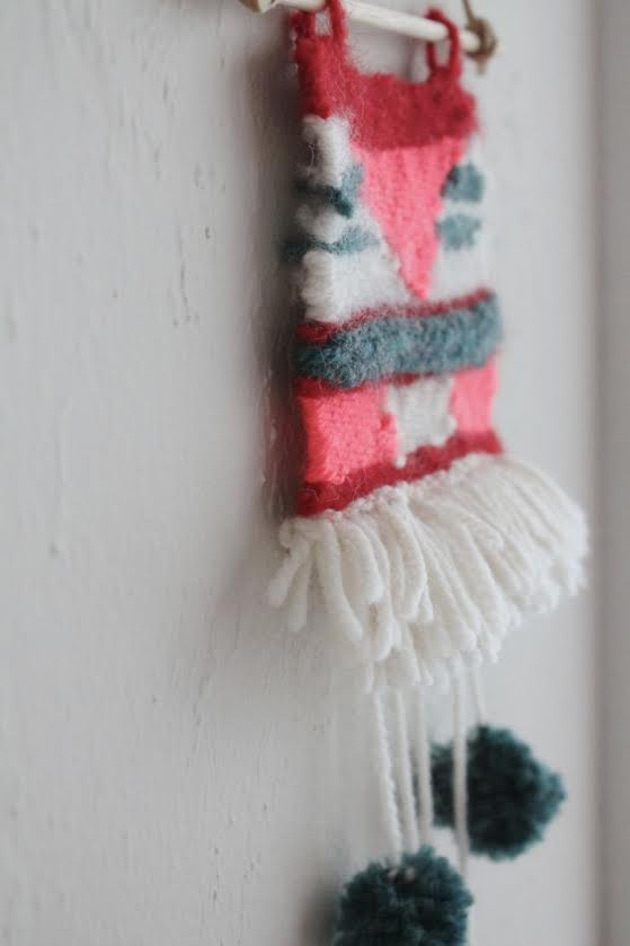







 Here in Central California, we have an early grow season and the perfect time to set your summer seeds indoors, or in a greenhouse is January and February. Knowing how desperately my children wanted their own garden beds to tend to this past summer, I made a real effort to include them in the planning process.
Here in Central California, we have an early grow season and the perfect time to set your summer seeds indoors, or in a greenhouse is January and February. Knowing how desperately my children wanted their own garden beds to tend to this past summer, I made a real effort to include them in the planning process.









